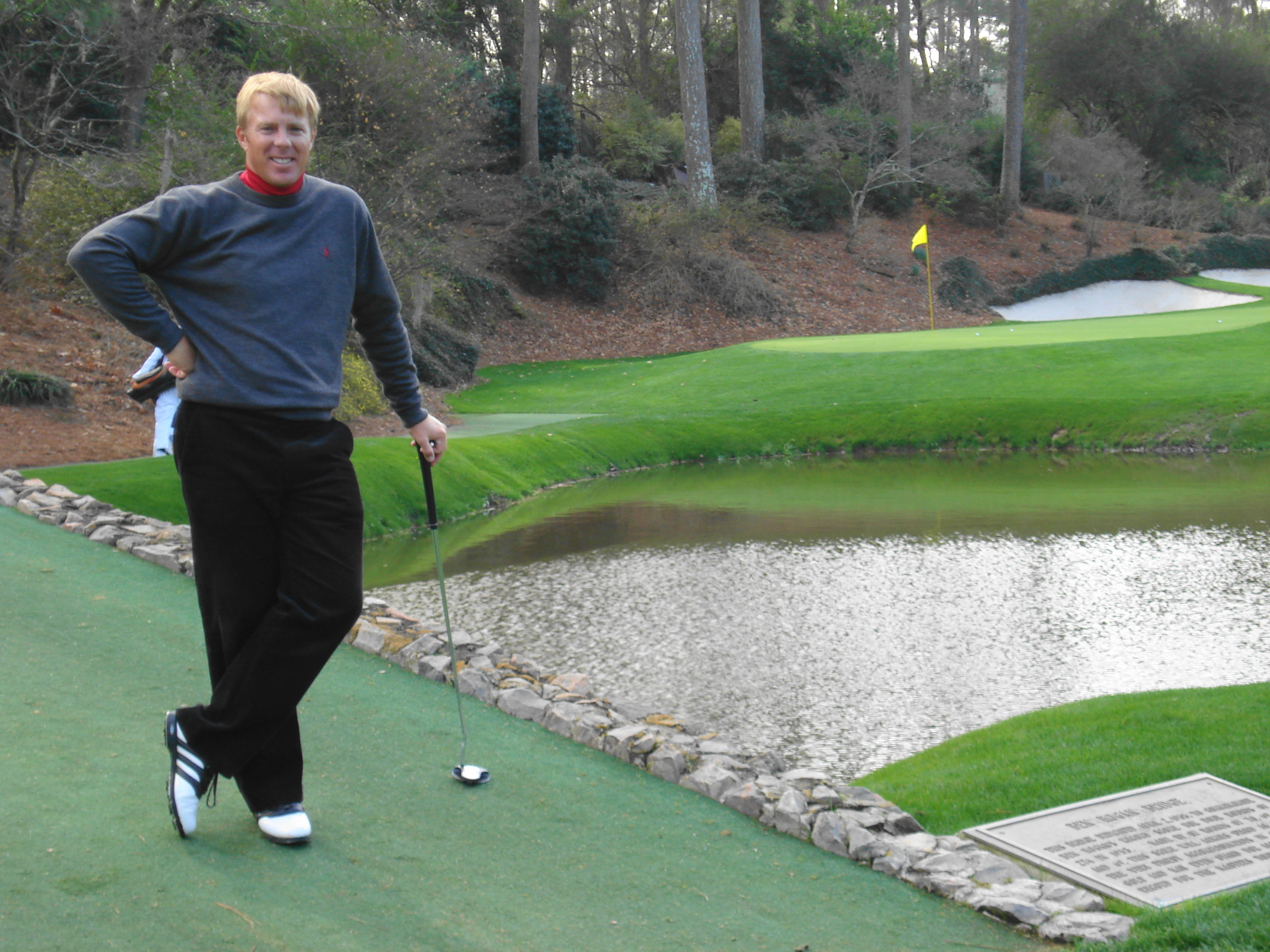Slow the Golf Ball Down - It Goes Way Too Far!
/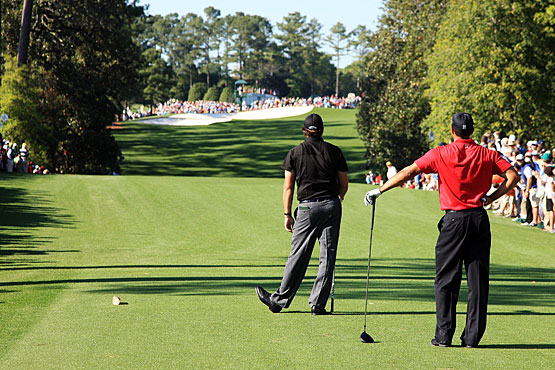 I watched the broadcast from Quail Hollow yesterday and was shocked at what I saw; these golfers were playing some of the hardest holes I have ever seen with 9-irons and wedges for their approaches. I have been to this event and the 'Green Mile' holes are as they have been promoted - BRUTAL! The leaders made them look a little silly (even though none of them managed to hit the 17th green!):
I watched the broadcast from Quail Hollow yesterday and was shocked at what I saw; these golfers were playing some of the hardest holes I have ever seen with 9-irons and wedges for their approaches. I have been to this event and the 'Green Mile' holes are as they have been promoted - BRUTAL! The leaders made them look a little silly (even though none of them managed to hit the 17th green!):
- O'Hair had 154 yds. left in to the 480 yard 16th and the hole played slightly into the wind! Nine iron!
- Number 17 played 225 yds. to the back pin and into a light wind. Now I comprehend that the green was rock hard and with water lurking over the green and a back pin the optimal spot was to leave the ball a little short, but Lucas Glover hit a 5-iron! That is ridiculous!
- The uphill closing hole measures 478 yds. and played slightly down breeze. Tiger Woods hit 3-wood, 9-iron to pin high! (Tiger also drove the 14th green (345yds.) with his 3-wood) Bubba Watson had a flip wedge in from 135 yds. after hitting what looked like an easy cut driver! Number 18 is the hardest hole I think I have ever seen and to play it with a fairway metal and a short iron is just wrong.
- Bubba Watson hit a tournament long drive of 374 yards! I know the guy is long but that is obscene.
I firmly believe that the USGA and RnA has dropped the ball (pun intended) on this matter and something needs to be done soon. Gone are the days of upper echelon golfers hitting a 3-iron into a par four unless weather conditions exist. Without changing the ball the only way that could be done would be to have par fours of over 530 yards and golf courses that measure 8,000 yards! Whether it means changing the size of the ball, it's dimples, materials or construction, something needs to be done.
For more detailed quotes and information on this topic please link to http://www.geoffshackelford.com/the-list/
Things to ponder:
- Zach Johnson looked like a regular weekend warrior out there on the 2nd hole; a little cart path, a little pine, a three putt, hello triple!
- Sean O'Hair's mental toughness will carry him far. Even though he finished bogey, bogey I never thought he looked afraid.
- Well done to Bubba Watson! He is more of what the PGA Tour needs and no that new hair-do is not a mullet.
- Tiger needs to lose the driver and hit 3-wood on every hole. The driver and 3-wood swings look so different.
- How about David Feherty calling Tiger a loser!? Tiger smiled, but I don't think we'll be seeing Feherty do the Tiger post-round interviews any longer.
- Brandel Chamblee made the one of the dumbest statement of the year following the broadcast on the Golf Channel. In referring to Tiger's position at the top of his backswing; "He needs to do something, because you cannot play golf from there!" I'd like to not play like that.
- The so-called 5th major is at TPC Sawgrass this week and it is my opinion that any golf course where every player in the field can hit 9 iron or less into more than half the holes cannot possibly be a major. (#1,2,4,6,9,10,11,12,16 and 17)


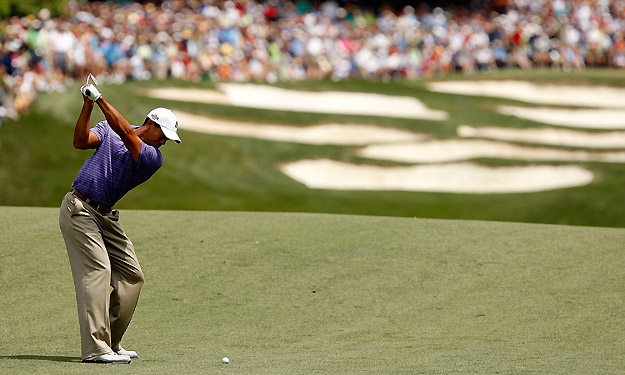
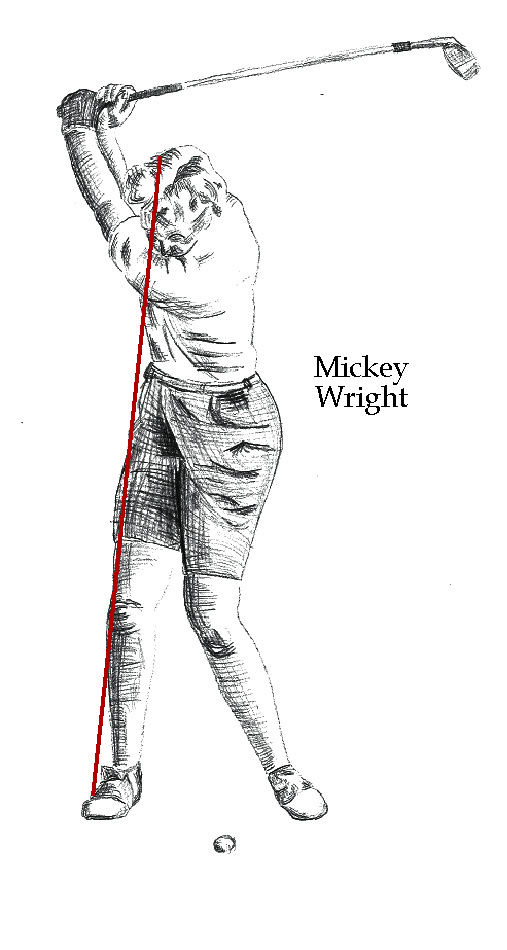


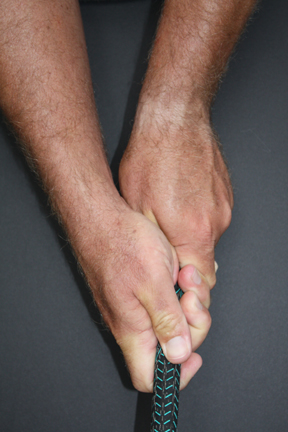 This is the first in a four part series looking at the three primary factors that pertain to a solid impact position. They are:
This is the first in a four part series looking at the three primary factors that pertain to a solid impact position. They are: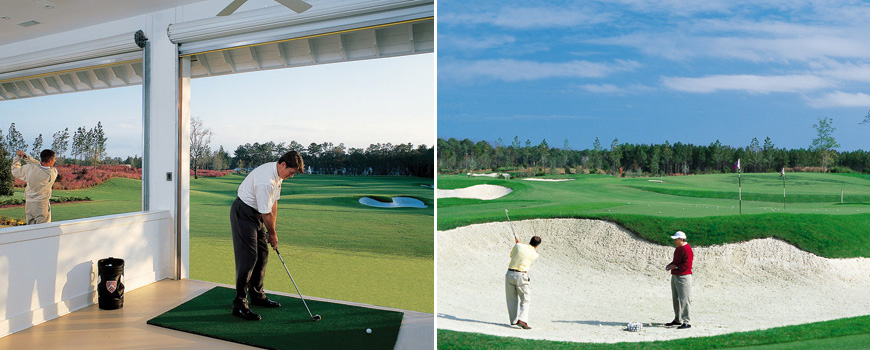 The Spring issue of Golf Digest/Index magazine just came out and ranked the top 75 practice facilities in the USA. When I first started teaching at Berkeley Hall in April 2001 I contacted Golf Digest asking them to do a piece on on the premier practice grounds in the country. They rank everything else in golf, from courses, to instructors, to golf balls, why not an integral part of any golf operation - the practice area!
The Spring issue of Golf Digest/Index magazine just came out and ranked the top 75 practice facilities in the USA. When I first started teaching at Berkeley Hall in April 2001 I contacted Golf Digest asking them to do a piece on on the premier practice grounds in the country. They rank everything else in golf, from courses, to instructors, to golf balls, why not an integral part of any golf operation - the practice area!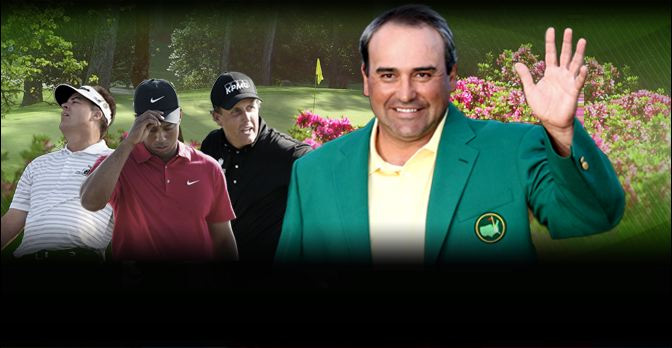 Congratulations to Angel Cabrera on winning the Masters and his second major. It's true what they say about the Masters, "It all comes down to the back nine!" The difference this year was that it all came down to the final two holes. Seventeen and eighteen favor a straight or left to right ball flight and I believe that really made all the difference in the outcome. The major players were Cabrera, Perry, Campbell and Mickelson. Cabrera was fading the ball comfortably all day, Perry and Campbell are known drawers of the ball and Lefty had his fade working.
Mickelson attempted three draws on the back nine, all with poor results - tee ball @ 11 (trees), tee ball @ 12 (water) and tee ball @ 18 (bunker). Every other tee shot on the back nine played into his fade perfectly.
Congratulations to Angel Cabrera on winning the Masters and his second major. It's true what they say about the Masters, "It all comes down to the back nine!" The difference this year was that it all came down to the final two holes. Seventeen and eighteen favor a straight or left to right ball flight and I believe that really made all the difference in the outcome. The major players were Cabrera, Perry, Campbell and Mickelson. Cabrera was fading the ball comfortably all day, Perry and Campbell are known drawers of the ball and Lefty had his fade working.
Mickelson attempted three draws on the back nine, all with poor results - tee ball @ 11 (trees), tee ball @ 12 (water) and tee ball @ 18 (bunker). Every other tee shot on the back nine played into his fade perfectly.